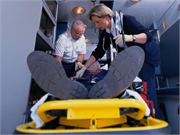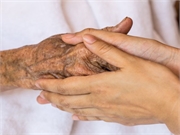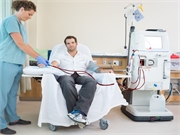Tag: Health Care Access / Disparities
CDC: More American Indian, Alaska Natives in Fair, Poor Health
18.9 percent of AIAN adults have a disability in large MSAs versus 12.9 percent in rural areas
Inequity Found in Access to Transplant With Universal Health Care
Patient factors including socioeconomic status account for much variation in kidney transplant access
More Rural Stroke Patients Now Treated at Certified Stroke Centers
However, disparities in access to treatments, such as alteplase, and outcomes persist
Pediatric Brain Cancer Outcomes Worse for Black, Hispanic Patients
Disparities for disease severity not seen at diagnosis, meaning postdiagnosis factors may affect outcome
Sociodemographic Disparities Seen for Outpatient Orthopedic Care
Racial/ethnic minorities, people with lower incomes, publicly insured are less likely to receive office-based care
Caregivers Are in Need of Better Health Care Coverage, Access
Caregivers at greater risk for lack of coverage, not accessing needed health care due to costs
ACA Tied to Narrowing of Disparities in Access to Care
Nationwide improvements in insurance coverage and access to care seen, even in nonexpansion states
Low-Value Health Care Services for Children Not Uncommon
Small differences seen by payer type in the proportion of children receiving each service
Increasing Proportion of Dialysis Patients Rely on Safety-Net Care
Safety net-reliant patients more likely to initiate dialysis at nonprofit/independently owned facilities
Private Care Program for U.S. Vets Gets $8.9 Billion in Budget Deal
Under the program, veterans have wider access to private care if they have faced long wait times














